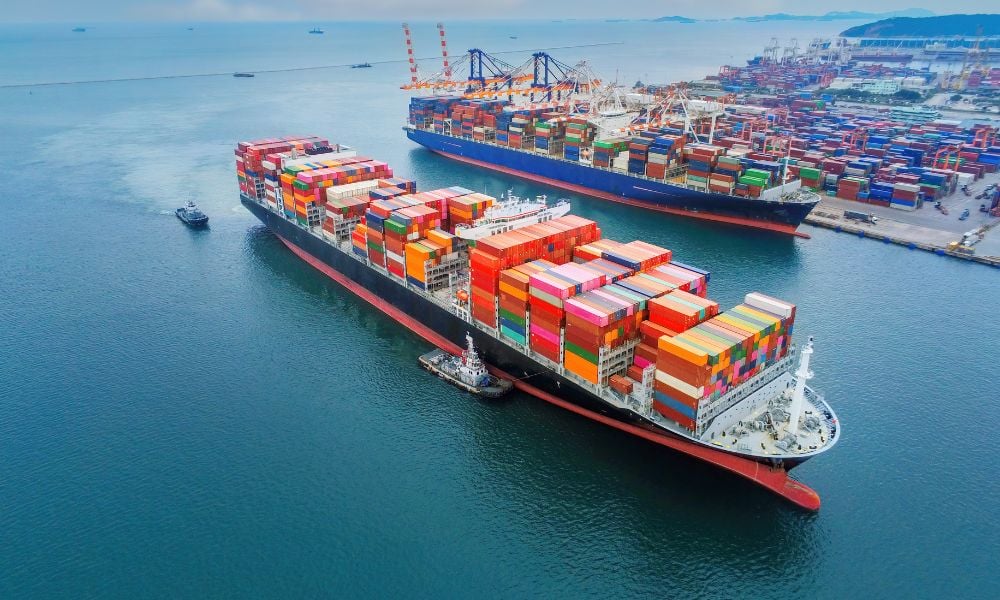It could be the weakest non-crisis growth since early 2000s

The latest round of tariffs from the Trump Administration has thrown the global economy into a period of heightened uncertainty, prompting the National Australia Bank (NAB) to slash its growth forecasts for 2025 and 2026.
With new trade barriers fuelling market volatility, disrupting supply chains, and stoking inflation fears, NAB now expects global growth to slow to 2.75% in both years—down from previous projections of around 3%.
The announcement on April 2 introduced sweeping reciprocal tariffs of up to 50% on US imports, now set at 10% for most countries under a temporary pause. However, China faces a 145% total tariff rate—following a cycle of tit-for-tat actions.
“The extreme tariffs on US-China trade in both directions means that trade between the world’s two largest economies is likely to slow to a trickle,” the report said. While some trade may be diverted to other markets, the report warns the ongoing uncertainty is likely to deter new investment and delay hiring decisions.
Markets have already reacted. Global equity prices plunged in the days following the announcement, with commodities following suit. The US dollar fell against major currencies like the euro and yen—signalling investors’ shifting views on the US as a destination for capital. US bond yields initially dropped but rebounded above pre-announcement levels, reflecting this volatility.
NAB expects the Federal Reserve to cut rates by a total of 125 basis points between mid-2025 and 2026 as inflation risks from import prices collide with broader economic weakening. Financial conditions are tightening, with falling stock prices, rising credit spreads, and declining sentiment creating headwinds for both consumers and businesses.
Read more: RBA poised to cut interest rates in May as trade tensions escalate
The US is not alone in facing the fallout. Canada, the most trade-exposed among advanced economies, is now expected to fall into recession. Japan, the Euro-zone, and the UK are also forecast to slow, but Europe may see some rebound in 2026 if planned public spending on defence and infrastructure materialises.
Meanwhile, China is feeling the brunt of the tariffs. With exports to the US likely to collapse under the 145% tariff rate, NAB has downgraded its 2025 growth forecast for China to 4.1%, from 4.6% previously. Despite expectations of further fiscal and monetary support, the report notes any policy response will likely lag behind the trade-driven slowdown.
Emerging markets such as Vietnam, Thailand, and Taiwan—initially hit with US tariffs above 30%—are now temporarily shielded by the 90-day pause. While they could benefit from diverted US demand away from China, NAB warns that this advantage may be short-lived if the US shifts its trade deficit toward them and imposes new barriers.
“The only certainty is the likelihood of further changes,” NAB said, pointing to possible new tariffs on currently excluded goods, the end of the pause period in July, and the potential for fresh retaliatory measures.
The report also highlights broader risks: fiscal policy uncertainty in the US, the possibility of further geopolitical instability, and strained relationships between the US and its allies. Tariffs may function as a tax, dragging on growth, while tax cuts currently being considered by Congress add complexity to the economic outlook.
If realised, the forecasted growth rates would represent the weakest non-crisis global performance since the early 2000s—excluding the Global Financial Crisis and COVID-19 years.



